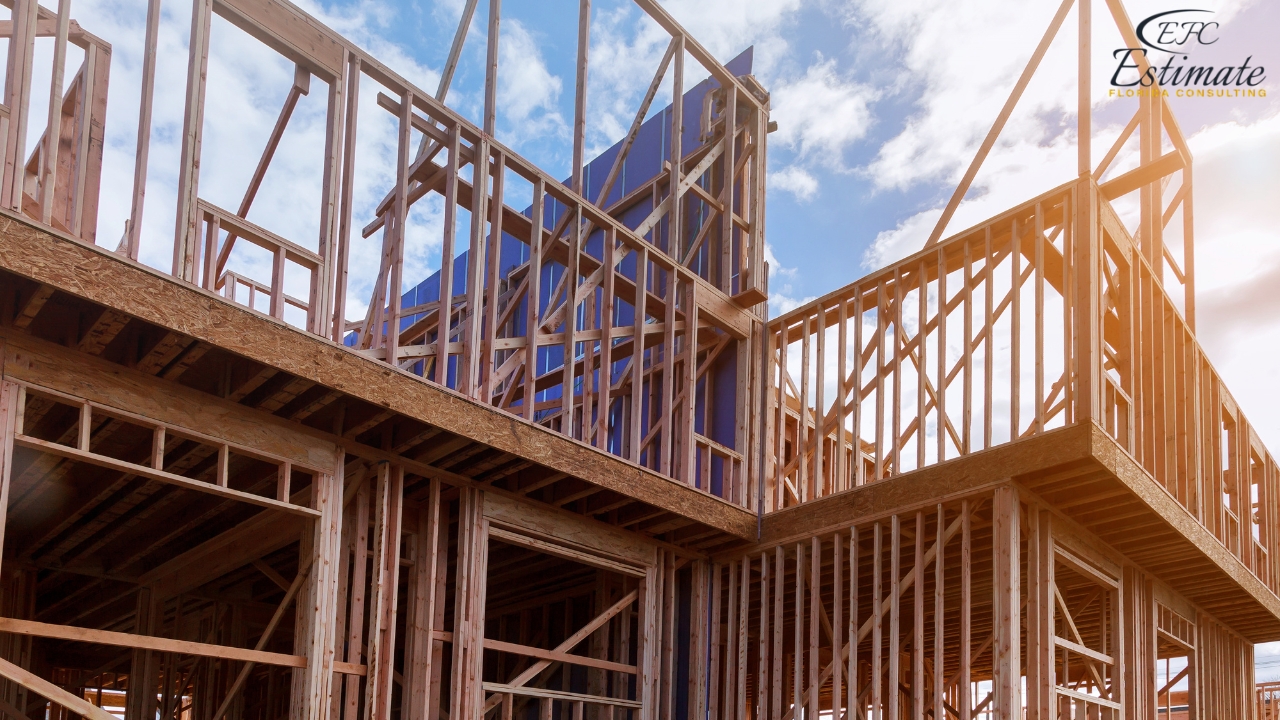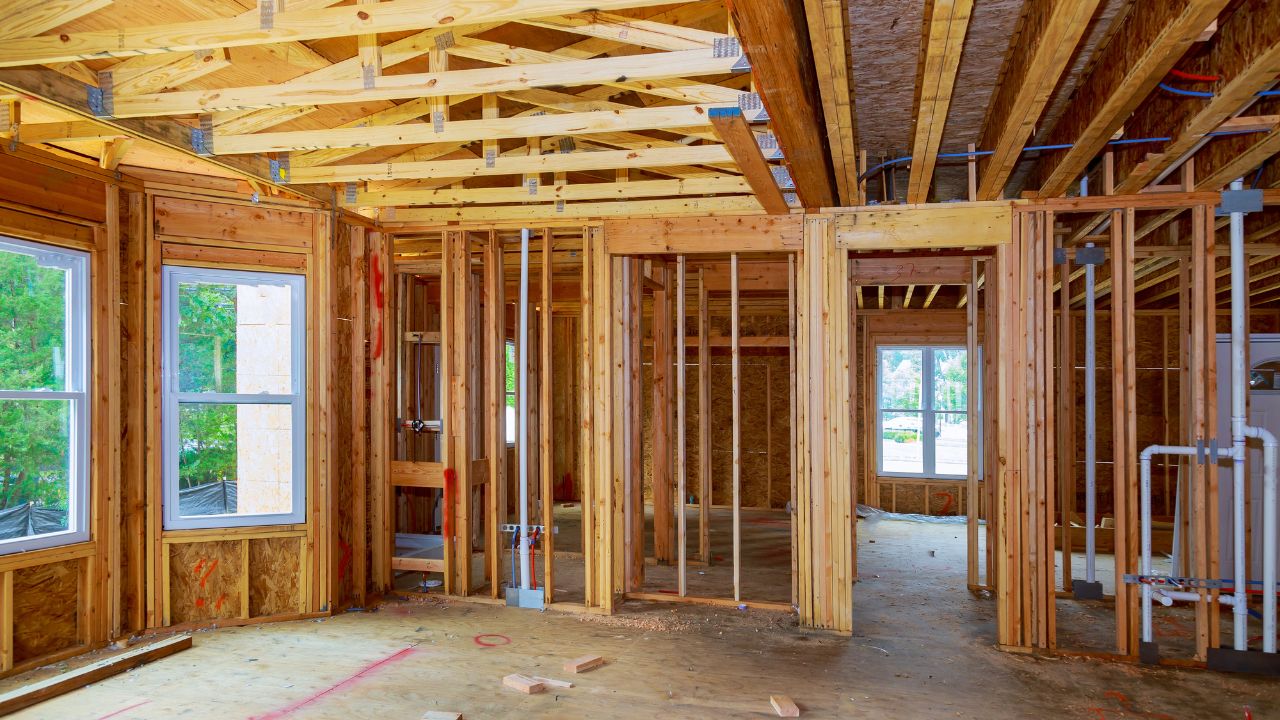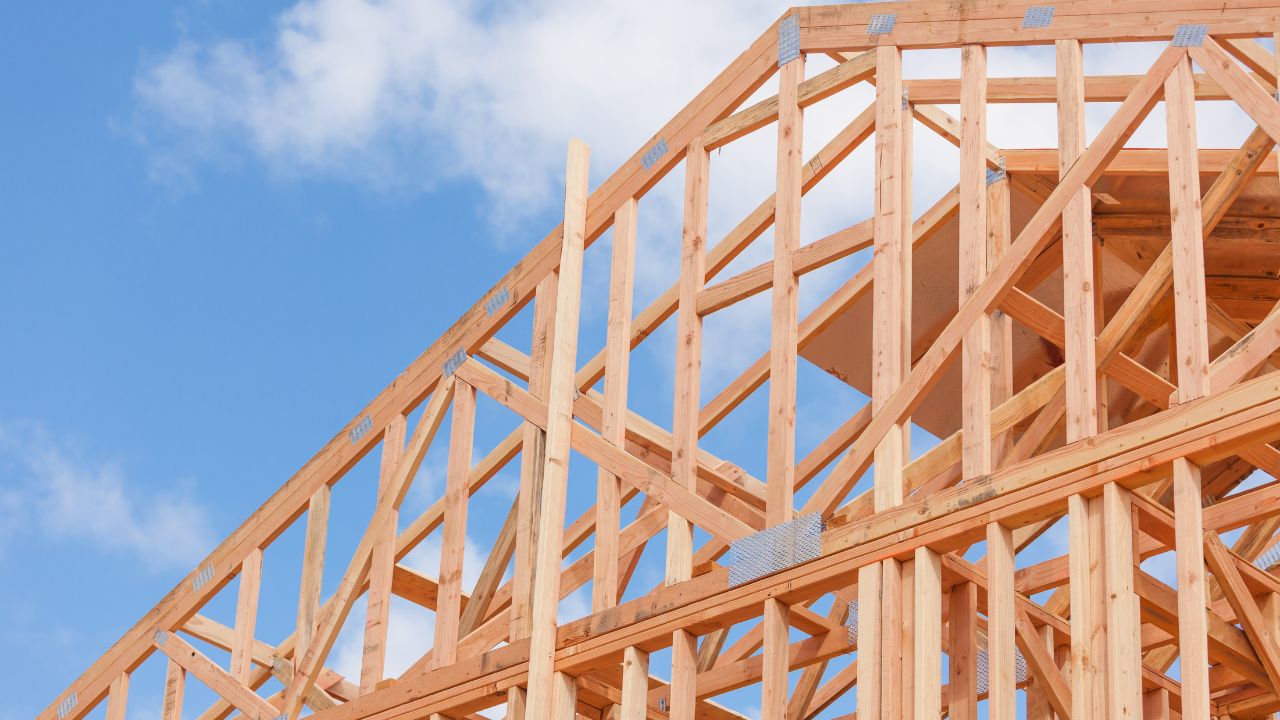Multifamily Lumber Takeoff
Estimate Florida Consulting specializes in comprehensive Multifamily Lumber Takeoff services, catering to construction projects. Our expert team conducts thorough analyses of blueprints and project specifications to accurately determine lumber quantities, optimizing material utilization and reducing waste. With a commitment to efficiency and precision, we deliver detailed reports that facilitate streamlined procurement processes, saving both time and resources. Whether you’re undertaking a small renovation or a large multifamily development, our lumber takeoff services are tailored to meet your exact needs.

Lumber To Build A House Per Square Foot
Lumber stands as a cornerstone in house construction, with costs averaging between $6 to $15 per square foot for materials alone. This fundamental expense underscores the significance of lumber in providing structural integrity and support to a home’s framework. Variations in cost arise due to factors like lumber type, market conditions, and project specifications. Understanding these expenses aids in budgeting and planning, ensuring a balance between quality craftsmanship and financial feasibility in realizing architectural aspirations. Whether constructing a modest dwelling or a grand estate, the cost of lumber remains a pivotal consideration in the overall investment, reflecting its crucial role in shaping the durability and aesthetics of the final structure.
Lumber To Build A House
Framing a new house entails expenses ranging from $11,000 to $105,000+, contingent upon factors such as size, design intricacy, foundation type, and number of stories. For a 2,000-square-foot home, framing typically costs between $22,000 and $60,000 for new construction. These figures would adjust accordingly, totaling approximately $24,200 to $66,000. The framing phase is pivotal, laying the structural groundwork for the entire dwelling. It encompasses the skeleton upon which the rest of the house is built, underscoring its significance in both stability and aesthetics.
House size (square feet) | Average cost installed |
1,000 | $12,100 – $33,000 |
1,500 | $18,150 – $49,500 |
2,000 | $24,200 – $66,000 |
2,500 | $30,250 – $82,500 |
3,000 | $36,300 – $99,000 |
3,500 | $42,350 – $115,500+ |
Cost Of Framing An Addition
When it comes to framing an addition, the updated costs now range from $4,840 to $13,200 on average for 400 square feet. However, this range can vary depending on several factors such as the layout of the addition, the type of foundation required, and whether it’s being built on the first or second floor of the existing structure. Generally, framing a second-story addition tends to be pricier due to the additional work involved in reframing the roof to accommodate the new space.
Basement Framing Cost
For basement framing, the revised costs now fall between $19.80 and $26.40 per linear foot of wall, which includes both labor and materials. If you’re looking to frame a basement, you can expect the average cost to range from $2,530 to $3,410 for a 1,000-square-foot area with an open floor plan. However, if you’re planning on dividing the space into multiple rooms, the cost may increase to anywhere between $4,290 and $6,600.
Additionally, if you’re considering adding drywall to your basement, you can anticipate a cost ranging from $4.07 to $7.15 per square foot of wall surface.
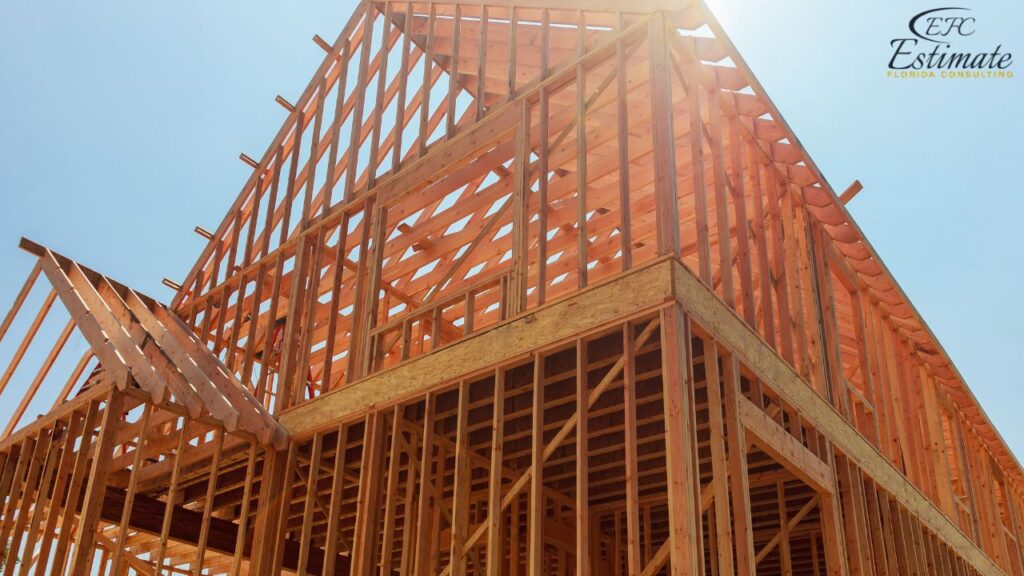
Roof Framing Cost
Roof framing, now falls in the range of $6.60 to $16.50 per square foot installed on average. This cost includes both labor and materials. As with any roofing project, the total cost depends on factors such as the size of the roof, its pitch, and the overall design. If your roof design is particularly complex, with multiple angles or dormers, expect to lean towards the higher end of the cost spectrum.
Moreover, if you’re opting for roof trusses, you can now expect to pay between $66 and $550 each for wood trusses, or $165 to $770 per truss for steel, excluding labor costs. Trusses are commonly preferred in new home construction due to their pre-built nature, which makes them more cost-effective compared to traditional rafters.
Walls And Interior Framing Costs in Existing Structures
When it comes to framing walls in existing structures, the revised cost now ranges from $1,100 to $5,500 on average. This cost includes both labor and materials and varies based on factors such as the size of the wall and the spacing of the studs. Typically, framing a load-bearing wall tends to be on the higher end of the cost spectrum due to the additional studs required to support the structure.
Attached Or Detached Garages
For framing a garage, the updated costs range from $3,520 to $8,800 on average, depending on the size of the garage. Generally, framing a new attached garage tends to be more cost-effective compared to a detached garage, as it shares a wall with the existing home. Additionally, if you’re looking to frame a garage door opening, you can expect to pay anywhere from $220 to $275 for a single-car door, or $275 to $330 for a double-car door, excluding the cost of the door itself.
Cost To Dry-in A House
The cost to dry-in a house now ranges from 44% to 66% of the total construction fee. This cost encompasses various elements including framing, sheathing, doors, windows, and more. “Dry-in” refers to completing the building’s shell to a point where it can effectively keep out the elements such as rain, wind, or snow, thus protecting the interior materials while the interior construction continues.
Download Template For Lumber Project Breakdown
- Materials list updated to the zip code
- Fast delivery
- Data base of general contractors and sub-contractors
- Local estimators

House Framing Costs
House framing typically runs between $12.10 and $33 per square foot, or roughly $24,200 to $66,000 on average for a 2,000-square-foot house, considering both labor and materials. The final price for framing a house can vary based on factors such as the size of the home, its layout, number of stories, prevailing local labor rates, and the choice between lumber or steel framing materials.
Location | Average Total Cost |
Addition framing (400 SF) | $4,840 – $13,200 |
Basement framing (open floorplan) | $2,530 – $3,410 |
Basement framing (multiple rooms) | $4,290 – $6,600 |
Roof framing (2,000 SF) | $13,200 – $33,000 |
Garage framing (2-car garage) | $3,520 – $8,800 |
Interior wall in existing structure | $1,100 – $5,500 |
Whole-house framing (2,000 SF w/ roof) | $24,200 – $66,000 |
Factors Affecting House Framing Costs
Project Size
The size and intricacy of your project play a significant role in determining the framing costs. A larger project demands more materials and labor, inevitably increasing the overall expenses. For instance, constructing a tiny house will naturally have lower costs compared to framing a sprawling mansion. Moreover, the complexity of the project design also impacts the final cost. Unique architectural features such as angles or curves require specialized expertise and more time to execute, which can raise labor costs.
Labor Costs
Framing labor costs vary based on location and contractor experience. On average, expect to pay between $4.40 and $11 per square foot for labor. However, this range can fluctuate depending on project complexity and local labor rates. Contractors with higher experience levels may charge more, but they often bring greater efficiency and expertise to the job, potentially reducing overall project time and costs.
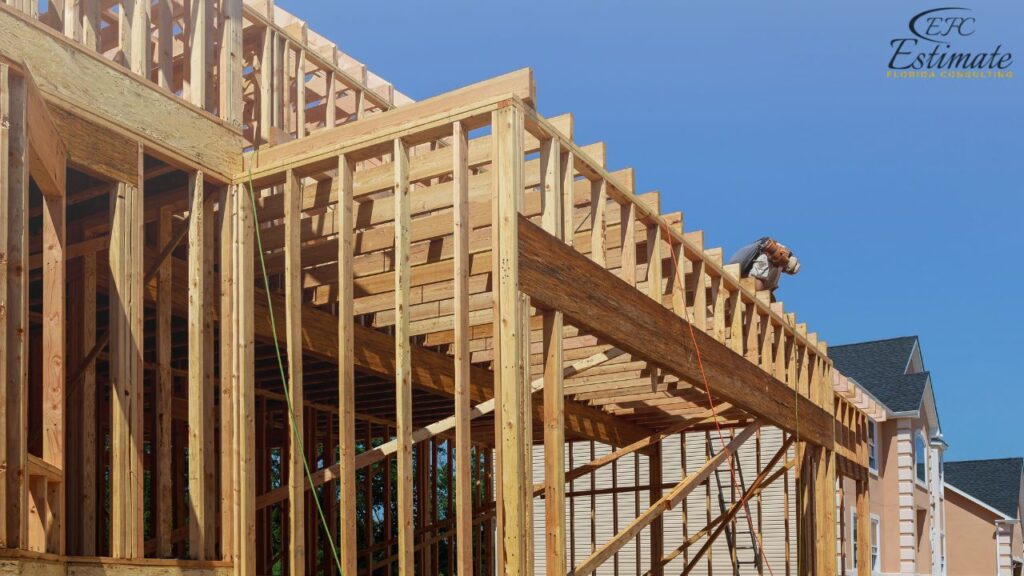
Residential vs. Commercial Framing
Commercial framing typically incurs higher costs compared to residential framing due to stricter building codes and the need for heavier-duty materials. Commercial buildings require sturdier framing techniques and materials to meet safety regulations and withstand heavier loads. Consequently, the overall cost for commercial framing is usually higher, ranging from $13.20 to $44 per square foot, depending on the project’s complexity and requirements.
New Framing vs. Replacement
Building a new house generally costs less for framing compared to replacing framing in an existing structure. New framing involves starting from scratch, allowing for efficient planning and installation. Conversely, framing replacement requires additional labor, such as removing old framing and addressing any underlying structural issues. Furthermore, it may uncover unforeseen problems like water damage or pest infestations, which can significantly add to the overall cost of the project.
Home Sheathing
Home sheathing, an essential step in the framing process, adds a protective layer to exterior walls. It enhances structural integrity and provides insulation. The cost of sheathing typically ranges from $2.20 to $8.80 per square foot, depending on the material used and the complexity of installation. Factors such as the size of the house and local market conditions can also influence sheathing costs.
DIY vs. Hiring a Professional
While DIY framing might seem budget-friendly, it poses safety risks and potential structural issues if not done correctly. House framing demands expertise and precision to ensure the structural integrity and safety of the building. Professional framing contractors bring years of experience and specialized tools to the table, ensuring that the job is done accurately and efficiently. Though hiring a professional may entail higher upfront costs, it often results in long-term savings by minimizing the risk of costly mistakes and ensuring compliance with building codes and regulations.
Conclusion
Understanding the multifaceted nature of house framing costs is crucial for any construction project. From project size and labor expenses to material choices and project scope, each factor plays a significant role in determining the overall expenditure. The intricacies of residential versus commercial framing, along with considerations such as new construction versus replacement, further add to the complexity. Additionally, the importance of skilled labor and the potential risks of DIY framing highlight the need for professional expertise in ensuring structural integrity and safety. By carefully assessing these factors and making informed decisions, homeowners and contractors alike can navigate the framing process effectively, achieving the right balance between quality craftsmanship and financial feasibility.
Get 5 New Leads Next 7Days With Our System
- Multi-Family Building
- Hotel Building
- Hospital Building
- Warehouse Building
- High-Rise Building
- Shopping Complex
FAQs
Estimate Florida Consulting specializes in Multifamily Lumber Takeoff services, meticulously analyzing blueprints and project specifications to determine lumber quantities accurately. This optimization reduces waste, streamlines procurement processes, and saves both time and resources.
Lumber costs average between $6 to $15 per square foot for materials alone. This expense underscores lumber’s significance in providing structural integrity and support to a home’s framework. Variations in cost arise due to factors like lumber type, market conditions, and project specifications.
Framing a new house entails expenses ranging from $11,000 to $105,000+, depending on factors such as size, design intricacy, foundation type, and number of stories. For a 2,000-square-foot home, framing typically costs between $22,000 and $60,000 for new construction.
The cost of framing an addition ranges from $4,840 to $13,200 on average for 400 square feet. Factors influencing costs include the layout of the addition, foundation type, and whether it’s being built on the first or second floor.
Framing a basement costs between $2,530 and $3,410 for a 1,000-square-foot area with an open floor plan. If dividing the space into multiple rooms, the cost may increase to anywhere between $4,290 and $6,600. Additionally, adding drywall may cost between $4.07 and $7.15 per square foot of wall surface.
Roof framing costs between $6.60 and $16.50 per square foot installed on average. Factors such as roof size, pitch, and design complexity influence costs. Opting for roof trusses may cost between $66 and $550 each for wood trusses, or $165 to $770 per truss for steel.
Framing interior walls in existing structures costs between $1,100 and $5,500 on average, inclusive of labor and materials. Costs vary based on factors like wall size and stud spacing, with load-bearing walls generally being more expensive due to additional support requirements.
Framing a garage costs between $3,520 and $8,800 on average, depending on the garage’s size. Attached garages tend to be more cost-effective compared to detached ones. Additionally, framing a garage door opening may cost between $220 and $330, excluding the door itself.
Google Reviews

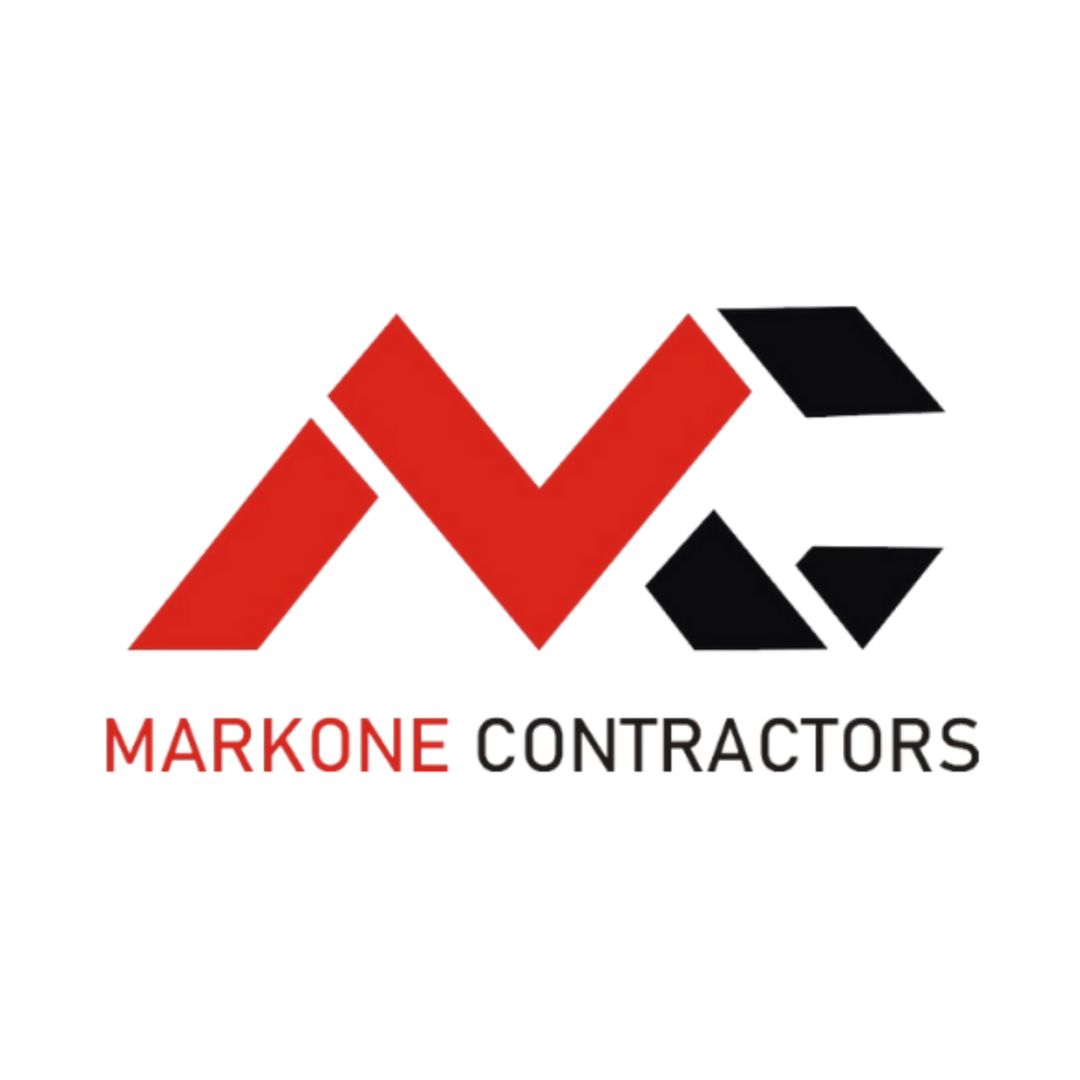

Process To Get Multifamily Lumber Estimate Report
Here I am going to share some steps to get multifamily lumber estimate report.
-
You need to send your plan to us.
You can send us your plan on info@estimatorflorida.com
-
You receive a quote for your project.
Before starting your project, we send you a quote for your service. That quote will have detailed information about your project. Here you will get information about the size, difficulty, complexity and bid date when determining pricing.
-
Get Estimate Report
Our team will takeoff and estimate your project. When we deliver you’ll receive a PDF and an Excel file of your estimate. We can also offer construction lead generation services for the jobs you’d like to pursue further.
Reach Out To Us
Places to visit if you new in Florida
Located in Orlando, this iconic destination is a dream come true for families and Disney enthusiasts alike. With four theme parks, two water parks, and countless entertainment options, it’s no wonder that Walt Disney World is one of the most visited vacation resorts in the world.
Famous for its glamorous beaches, vibrant nightlife, and Art Deco architecture, Miami Beach is a playground for sun-seekers and party-goers. South Beach, in particular, attracts visitors with its lively atmosphere and pristine sands.
Another gem in Orlando, Universal Orlando Resort offers thrilling rides, immersive attractions, and the magic of beloved movies and TV shows. From The Wizarding World of Harry Potter to adrenaline-pumping roller coasters, there’s something for everyone here.
This unique ecosystem is a UNESCO World Heritage Site and a haven for nature lovers. Visitors can explore the vast wetlands on airboat tours, spot alligators and diverse bird species, and learn about the importance of preserving this delicate environment.

